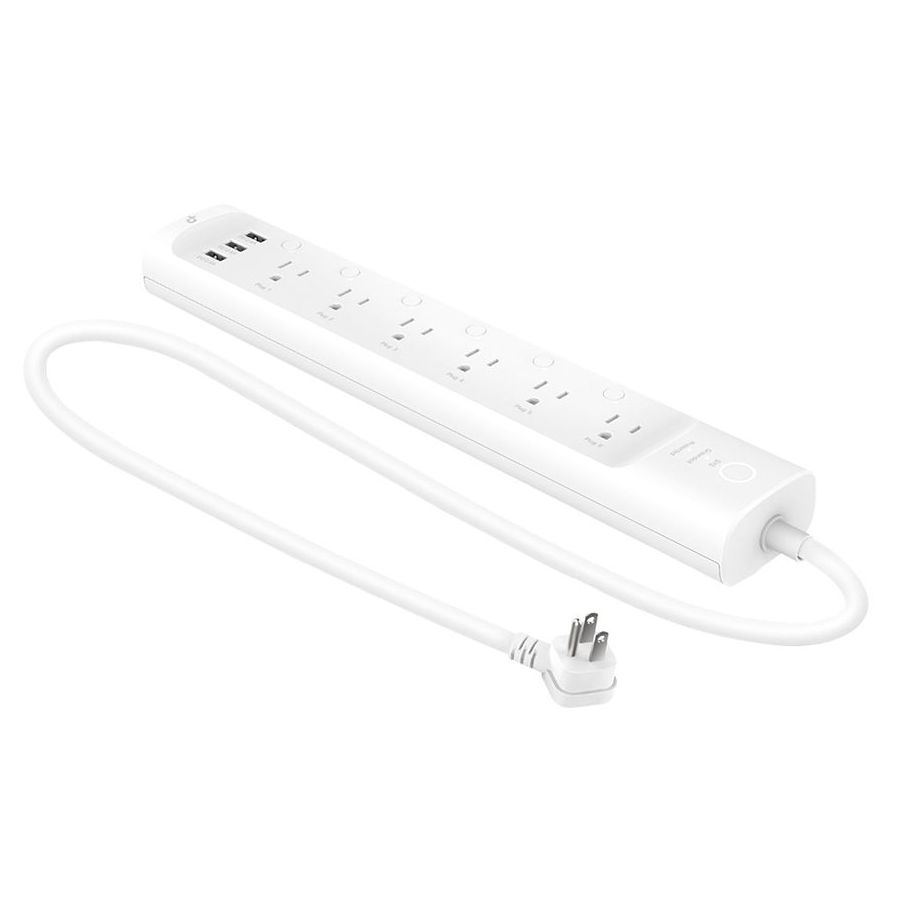
Wearables are devices that attach to our bodies for the purpose of tracking or monitoring a range of physical and biochemical parameters. Wearables can track and monitor a range of physical and biochemical parameters, including sleep, blood flow, temperature, pressure, glucose levels, blood blood, and breathing. The device can be embedded or worn into clothing, or tattooed right onto our skin.
Wearable technology is becoming a staple in the lives of consumers, as a way to track and monitor their health. The technology is also a powerful tool to help businesses improve their overall productivity.
Wearables have grown in popularity over the past few years. More people are embracing the idea to monitor their health and vitals. These devices are proving to be valuable in the healthcare industry, as they improve patient outcomes and reduce staff workload.

Smartwatches and fitness monitors are some of the most popular wearables. They have many features that can be tailored to different lifestyles. Some features can include heart-rate monitoring, sleep tracking, water resistance and swimming tracking. These devices can send notifications to the phone, and most have a battery life of seven days.
Wearables can also be used to warn others in an emergency. For example, a pendant or a bracelet. They often have an alarm button that sends a pre-programmed text or voice message to others. They can be used to pinpoint a person's location, which is ideal for situations when they are concerned about their safety.
Other wearables gaining popularity include those that treat specific medical conditions. For instance, an insomnia headset which works by providing cognitive behavioural therapy in order to fall asleep. This is in contrast to traditional drugs that only offer short-term relief.
There have been many studies done on the best way to use wearables for clinical settings. Some of the most successful ones are those which incorporate health behavior models and personalized coaching, integration with healthcare systems, and alignment with payment models. But there is still a lot to learn about how these technologies can be effectively implemented.

This technology can be unreliable. Especially when it is used to measure blood sugar or blood pressure. This is especially dangerous if the person has diabetes and uses it to monitor his or her health.
Wearables can also be found in the military. These devices are used by soldiers to track vitals, perform simulated training, monitor equipment weights and conditions on terrain, as well as conduct simulated drills. They are also being used by sports teams to help players stay fit and improve their performance.
Wearables have also been proven to be beneficial for the healthcare industry in reducing hospital readmissions, reducing employee health and improving employee wellness. They are known to promote healthier living, which increases productivity, lowers healthcare costs and can even reduce turnover among employees.